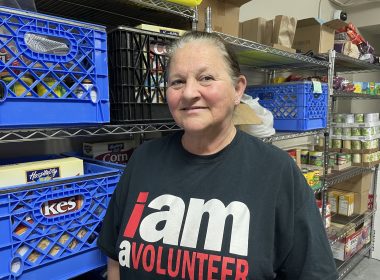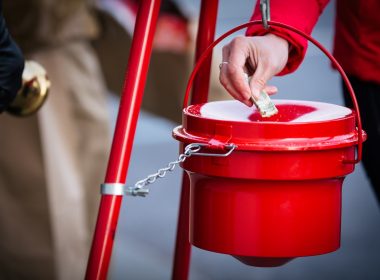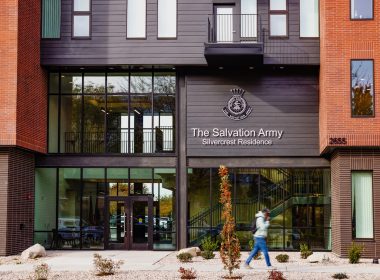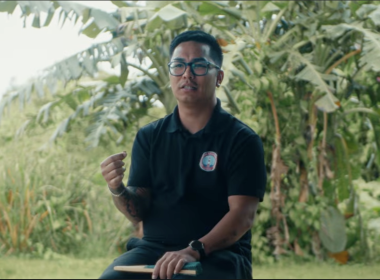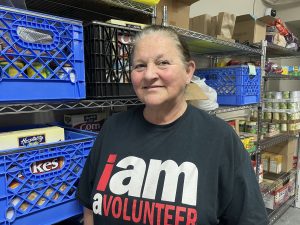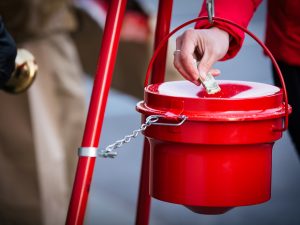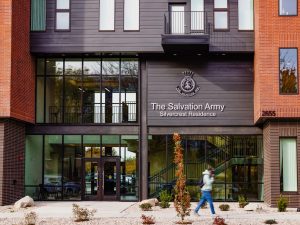The last issue of New Frontier (Vol. 24 #1, January 13, 2006) reported the completion of 500 new houses in Indonesia that were officially handed over by The Salvation Army to their new owners on Boxing Day 2005 (December 26), exactly one year after the massive tsunami struck Asia’s coastal regions.
Many more survivors remain in need of new homes. It is hoped that the building of another 220 houses will start soon, and another 2,500 houses are in the planning stage. The Salvation Army works in close partnership with local authorities on the home-building projects.
Ruud Tinga, Editor-in-Chief for the Netherlands and Czech Republic Territory, visited the tsunami-affected regions, returning with the stories and photos of those whose lives are still traumatized by what happened that day.
Here is one of the stories…
Lily is already in her seventies. She has accepted the fact that her house in Meulaboh, Indonesia, was destroyed by the tsunami but she is struggling to cope with the death of her three sons, her daughters-in-law and all her grandchildren.
Lily is the only survivor of the whole family. She never thought that she would end up in a temporary shelter. In the middle of the camp where she now lives there is a kind of wooden square, where all activities are held. It is the place where the children and women get their education. Also here the people can consult the Salvation Army medical team, which visits the camp twice a week. Lily looks out for them. The team has become her family.
She hugs Dr. Togu and the nurses before they start their work. A rug is place on the wooden floor. The boxes and plastic containers with medication are place on it. Dr. Togu sits down on the floor and a number of patients surround him. While he examines a woman, and the nurses take the blood pressure of other patients, young and old can watch what they do. There is no privacy, but nobody seems to care, except for Dr. Togu, who says, “I need some room dividers to get some privacy for my patients.”
Two hundred and fifty families are placed in the Leuhan camp in Aceh in Sumatra. These families, with or without children, each occupy a room of nine square meters. There is no privacy here either. The temporary shelters are built on wooden poles in the muddy ground. Pools of water are the main source of disease.
Before the tsunami, the majority of the people in Leuhan lived in proper houses near the coast in Meulaboh. As it was the closest town to the earthquake that set off the tsunami, 80 percent of its inhabitants were affected by the waves. Many did not survive and thousands were made homeless. Many people still live in temporary shelters, hastily built from wood and corrugated iron sheets. But everywhere in Meulaboh, people are rebuilding their homes and futures.
Lily hopes to have a new house of her own. This is what keeps her going.
—From “Survivors make positive progress” by Ruud Tinga, the Salvationist, 7 January 2006.
Photo by Ruud Tinga

